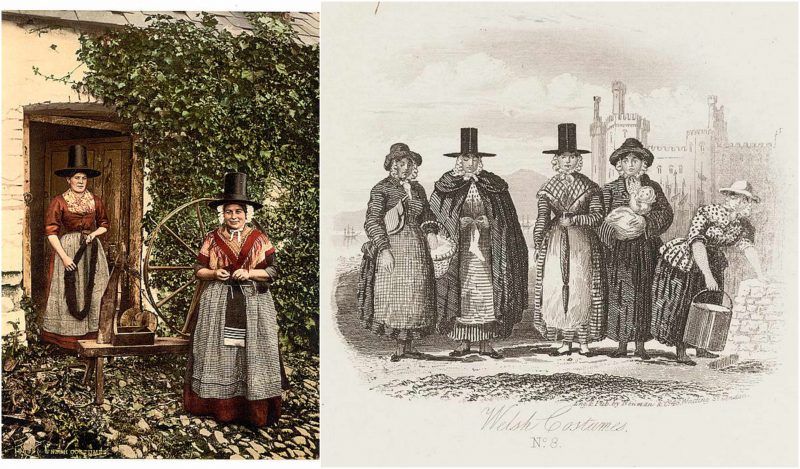The legend goes that during the last invasion of Britain at Fishguard in Wales in 1797, the French troops were incredibly drunk. They had found a Portuguese shipwreck and on board its cargo, which was wine. It was only natural for the wine to be drunk. Right there, right then, when they invaded Britain.
And so it happened for the Welsh women to gather and see what was happening. Thousands of them, all dressed in traditional red dresses and black hats, and from a distance, they looked like the English troops to the drunken French.
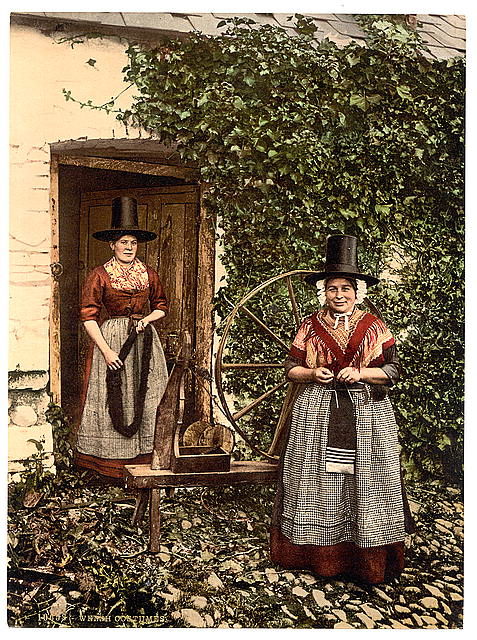
In their drunken stupor, the troops got scared and the invasion ended after two days. The Welsh traditional costume, or Welsh women rather, unintentionally saved Britain. That is the legend.
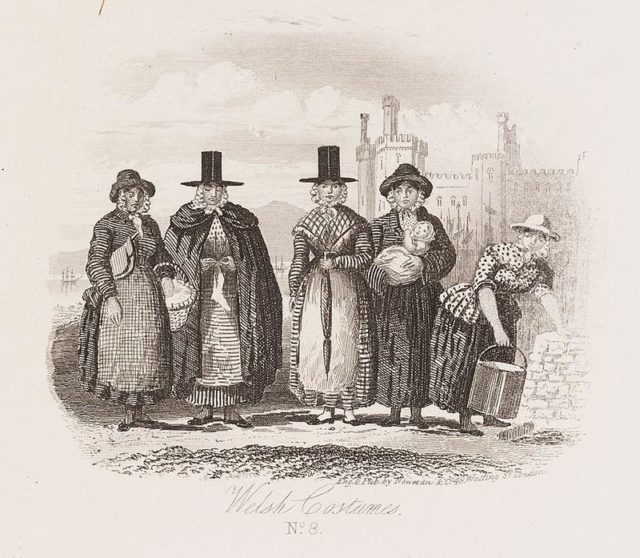
The traditional Welsh costume is a costume once worn by rural women in Wales and is described as different from other traditional costumes around Britain. It included a form of bedgown made from wool and worn over a corset; an item of clothing that survived in Wales for longer than elsewhere in Britain.
This was teamed with a printed neckerchief, a petticoat, apron, knitted stockings, and the unique Welsh hat that became an icon of Wales ever since its first appearance in the 1830s.
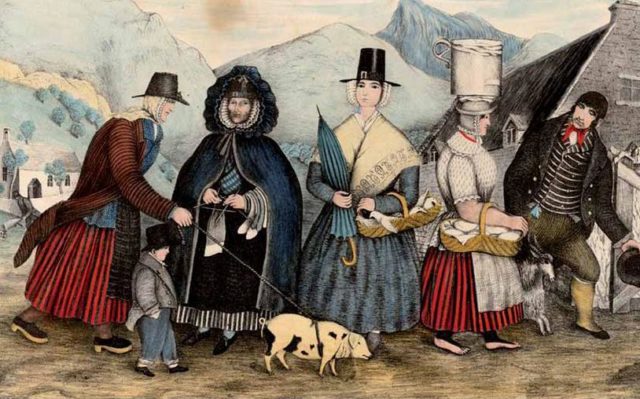
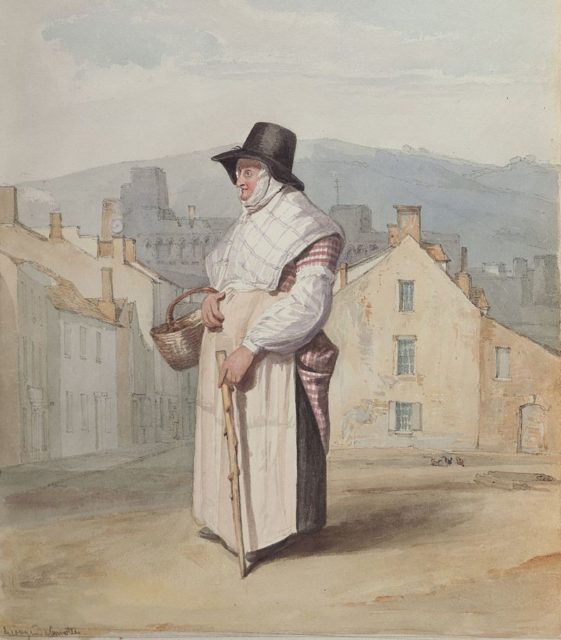
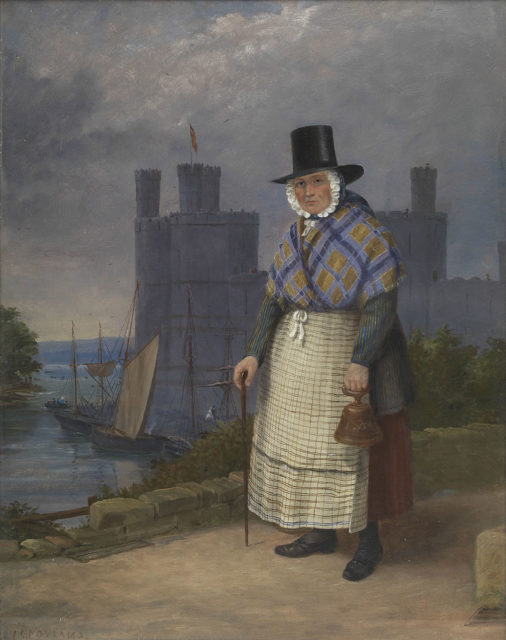
The first records of a traditional Welsh costume date from around the 1770s when travelers began describing the women’s costumes in the rural areas with words and pictures. The costumes were always described as unique compared to other traditional costumes around Britain, especially to the ones worn in the urban areas where women dressed in accordance to the English fashion.
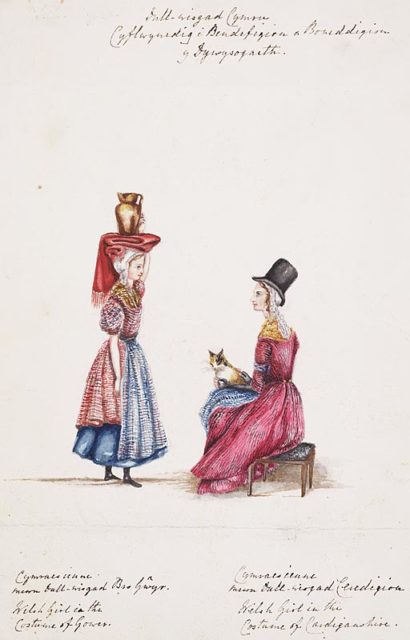
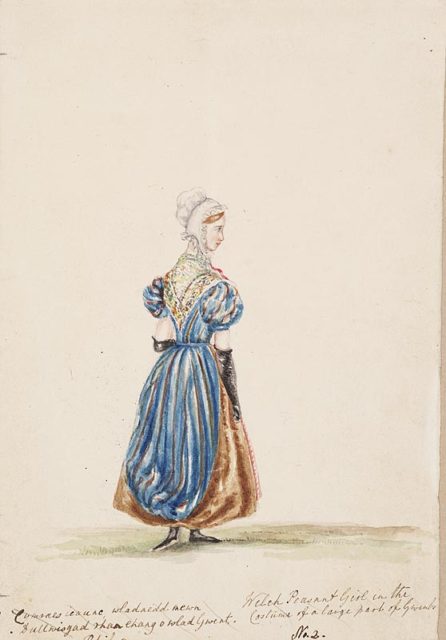
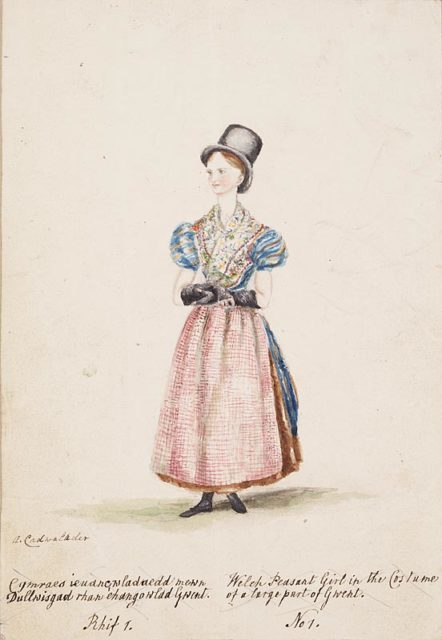
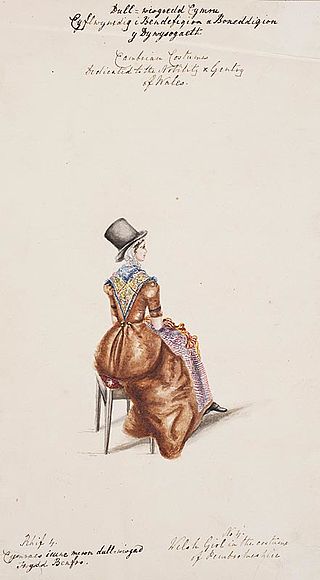
Augusta Hall, later on known as Lady Llanover, recorded, preserved, and encouraged the wearing of a “national” dress during the 1830s. She believed that at a time of crisis of the national identity, it is very important to support the Welsh identity in every possible way and that wearing traditional clothes was one of the ways to establish a Welsh national identity.
Lady Llanover also encouraged the use of the Welsh language. In the 1840s, she organized balls at which people dressed up in costumes based on the traditional fashion of some rural areas, but they were made of satins, not wool.
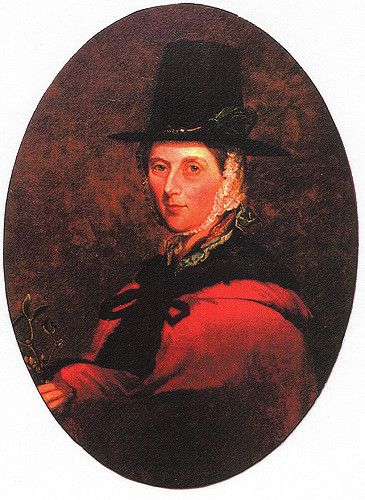
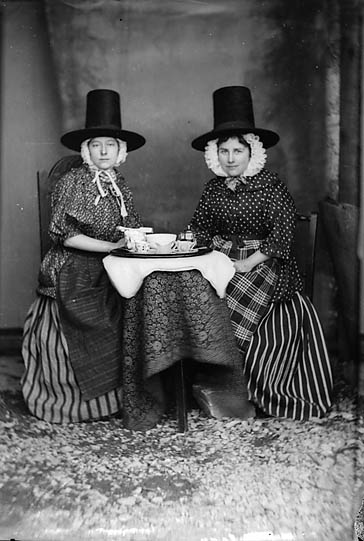
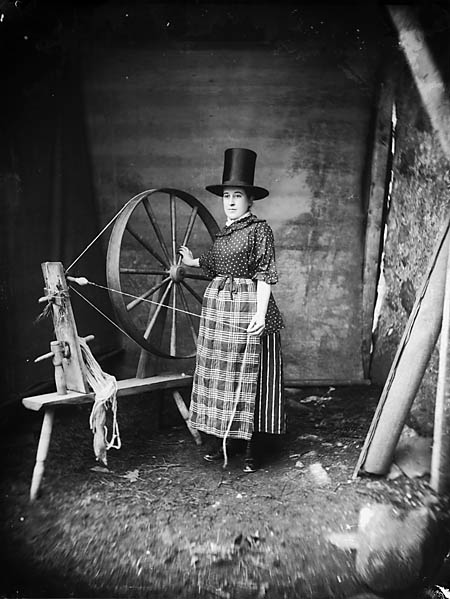
As of the 19th century, the wearing of traditional dress decreased with the costumes being worn exclusively for certain celebrations and holidays, and as an attempt to celebrate a separate Welsh identity.
Today Welsh costume is worn on St David’s Day and by performers at concerts and eisteddfodau. It is also used in tourism as there are dolls produced in Welsh dress that seem to be the favorite gift among tourists.
